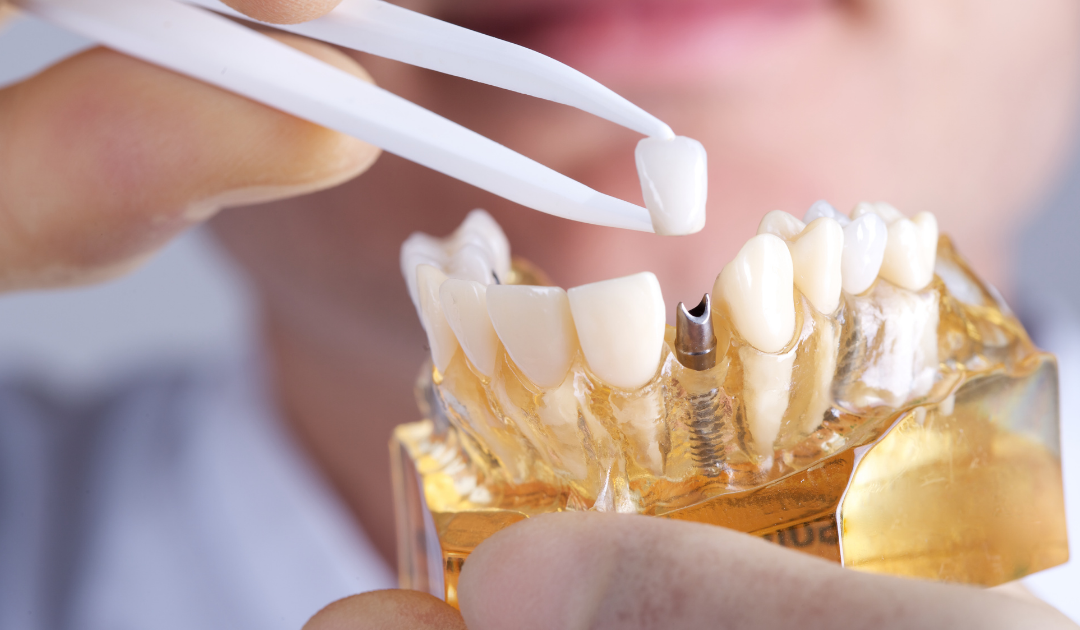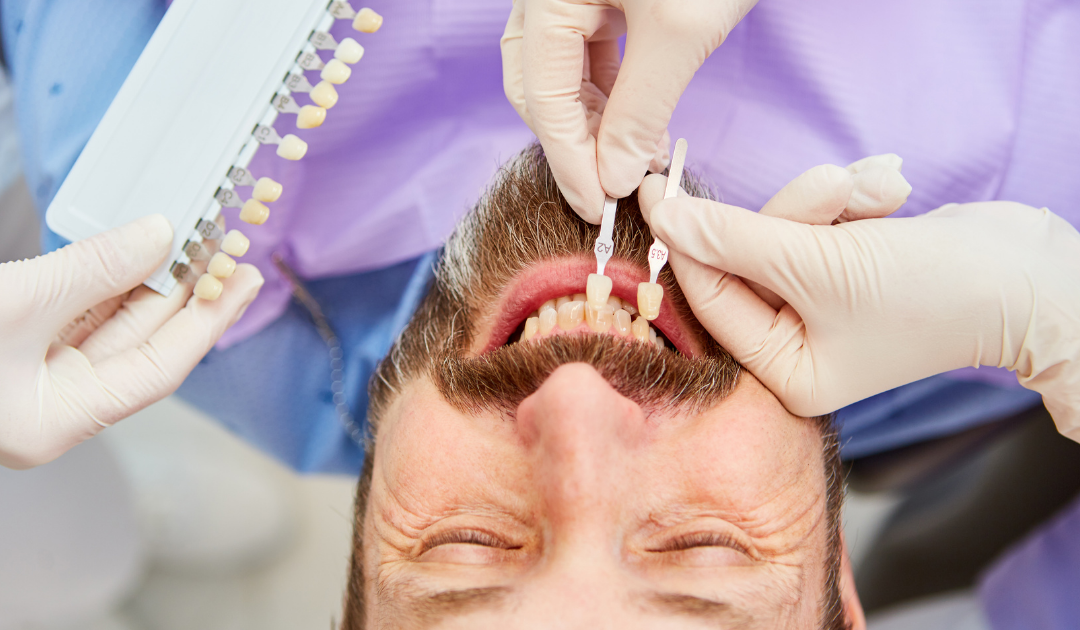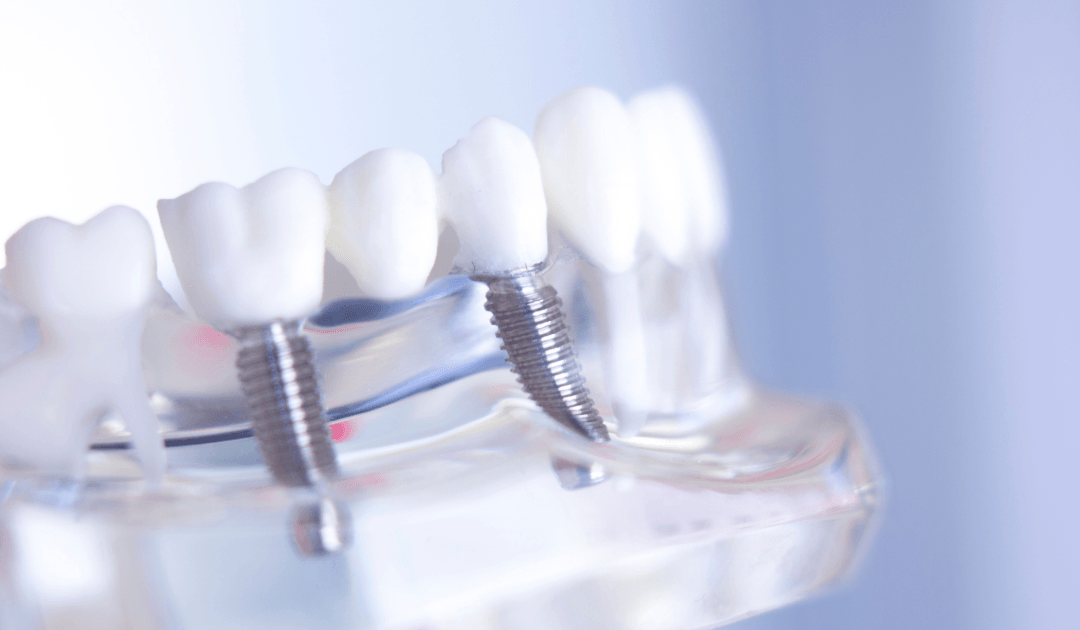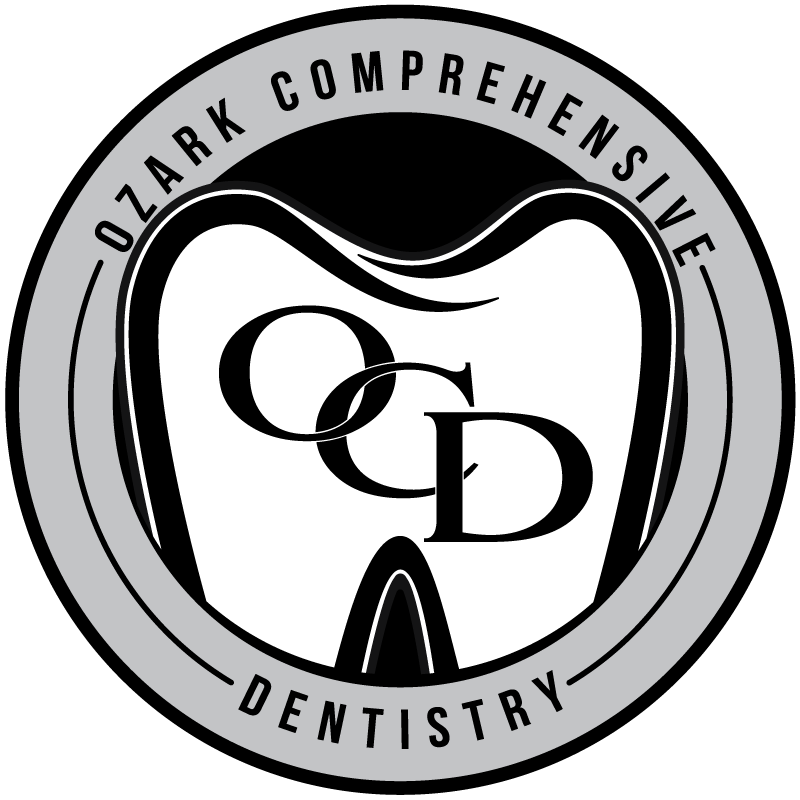Is My Headache Related to TMD?

If you struggle with painful headaches or chronic migraines, it might be a symptom of temporomandibular joint disorder (TMD). These can be difficult to diagnose without digging into a few other details about the headache itself. The temporomandibular joint (TMJ) acts as a hinge, connecting your jawbone to your skull, which is why those who have TMD experience intense headaches regularly.
Where Do TMD-related Headaches Occur?
TMD-related headaches only present themselves in a select number of areas, and they generally start in:
- The jaw or the temporomandibular joint itself
- The forehead area
- The back of the neck
- Behind your eyes
And they spread over the rest of your head. If you’re prone to headaches to begin with, TMD can increase the intensity significantly.
Are There Other Symptoms to Look For?
Headaches are likely not the only thing you’re experiencing if your headaches are related to TMD. It’s rare to get a TMD-related headache without experiencing at least one of the following symptoms:
- Pain in the jaw joint
- Limited jaw movement of “locking” of the jaw
- Click or popping sensations in your jaw joint
- Neck, shoulder, or back pain
- Numbness or tingling in your arms
- Ringing in your ears or hearing loss
If you’re suffering from frequent headaches or migraines, there is a chance it’s unrelated to TMD but could be related to a different dental issue. Issues in your mouth and jaw area are often the root cause of chronic headaches or migraines. To learn more or to schedule a consultation, give us a call at 479-337-4070, and we’ll help your life get back to normal.
















